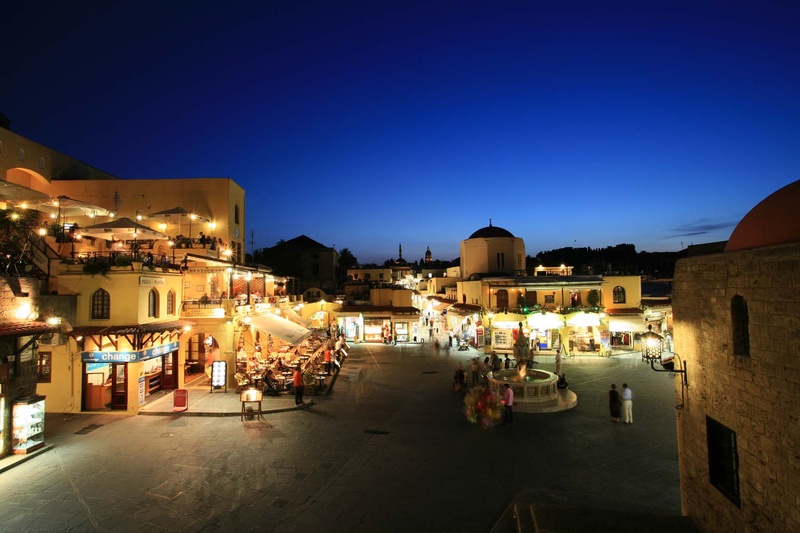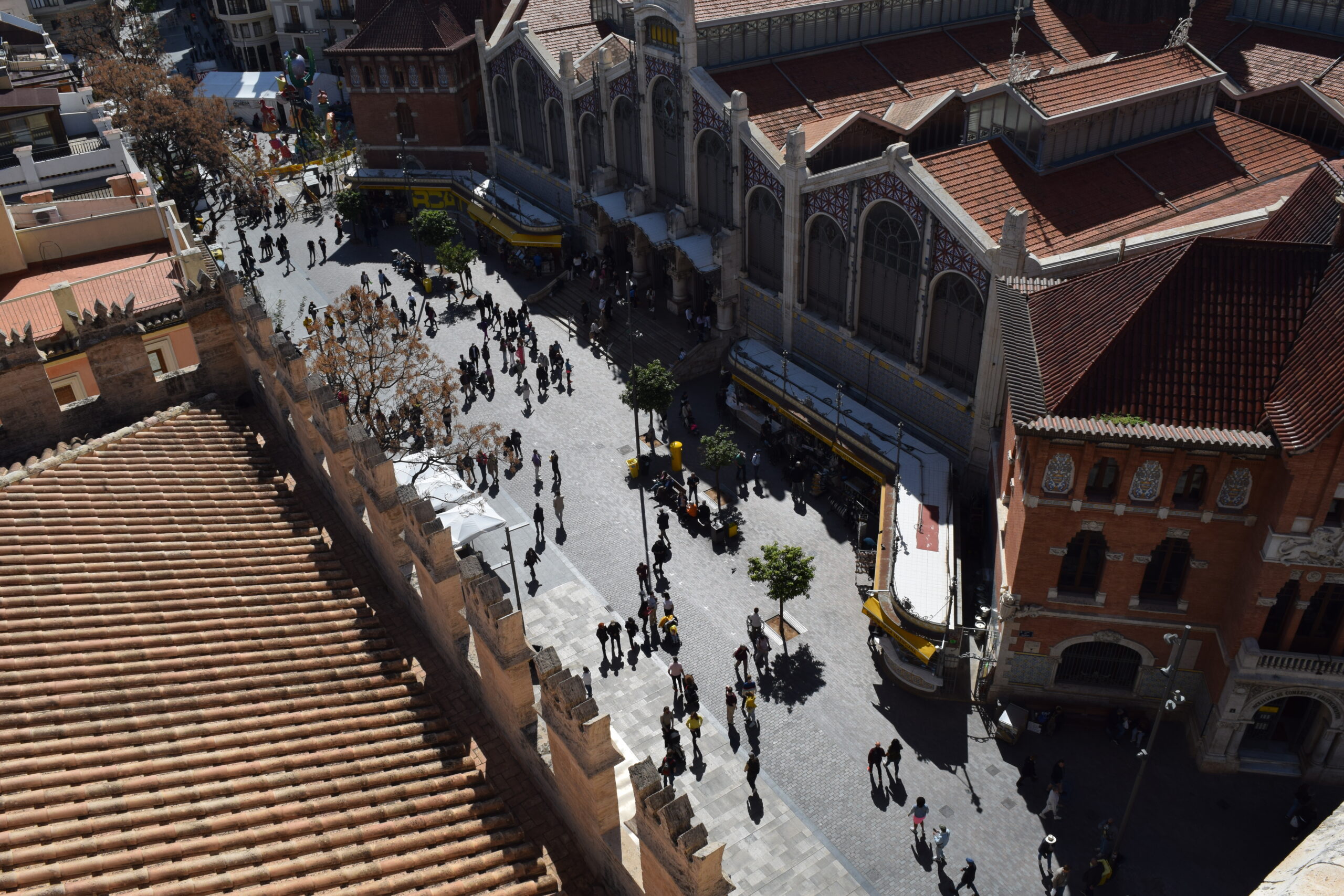
Project Results
Work Package 1 – Design and Setup of Solutions’ Deployment
The aim of WP1 is to analyse the touristic habits and flows, revise the set of tourism indicators to be collected and also gather complementary data and specify the pilot actions in the selected pilot areas. In parallel, HERIT-DATA platform is being fine tuned.
Activity 1.1 – Analysis of touristic habits and tourism flows in the selected locations
In A.1.1, partners -based on a common format- gather and analyze existing data on current tourism flows, tourist profiles and behavior in order to understand how flows are moved, monitored and managed per pilot area. Moreover, they work on interpreting them under a purely spatial perspective per pilot area. Additionally, they elaborate a mapping of the key typologies of stakeholders (public authorities, ports, cultural federations etc.) per pilot area involved in the processes.
- Deliverable 1.1.1 Report on Current Situation and Tourism Flows in the selected areas
A consolidated report with localized sections regarding situation, flows and key stakeholder typologies.

Activity 1.2 – Revision and Enrichment of HERIT-DATA List of Indicators
Under the leadership of the FSMLR, PPs revise and enrich the HERIT-DATA set of tourism related indicators to be collected per pilot area so as to allow new data collection to be ingested by specific feeds, that can be useful for utilization and exploitation by SMEs and other stakeholders under TOURISMO activities. The enriched list will enclose sets of indicators related to sustainability, environmental, socio-economic, governance, management, value chain, impact etc..
- Deliverable 1.2.1 Tourism Sustainability Indicators Report
Enriched list of sets of indicators relevant to TOURISMO pilot actions.
Activity 1.3 – Fine tuning of complementary datasets
The partners identify sources and gather data sets of existing complementary databases that will be used for the analysis during the pilot testing (ie. weather data, tourist arrivals etc.), with emphasis on available open data sources at European, national and local level.
Activity 1.4 – Fine tuning of HERIT-DATA platform
Preliminary work on the existing HERIT-DATA software to adjust to new locations, finetuned to complementary datasets and new indicators to be collected. Set up of Digital Twins of settlements of the pilot areas are being elaborated, simulating plans before implementing them so as to allow intelligence-based challenges identification and effective visualization.
Activity 1.5 – Specification of pilot actions
At this step, the partners design the pilot actions to be performed according to an elaborated common demonstration methodology. The pilot sites’ implementation strategies are being designed and specified based on the available data, the new data to be acquired, the new data to be generated and the corresponding sensors/tools required to obtain the latter. The activity foresees the specification, engagement and involvement of quadruple Helix stakeholders per pilot area through workshops to co-design the pilots through a participatory process, taking into account the needs and the suggestions of different typologies of local ecosystem stakeholders and ensuring usability and exploitation of consequent TOURISMO pilots outcomes and results. This process results in 8 reports (one per pilot action) including the ToRs definition for purchase of equipment (where/if necessary), identification of key stakeholders to be involved in the pilot, selection of indicators and/or data and/or tools and/or methodologies being exploited in the pilot.

